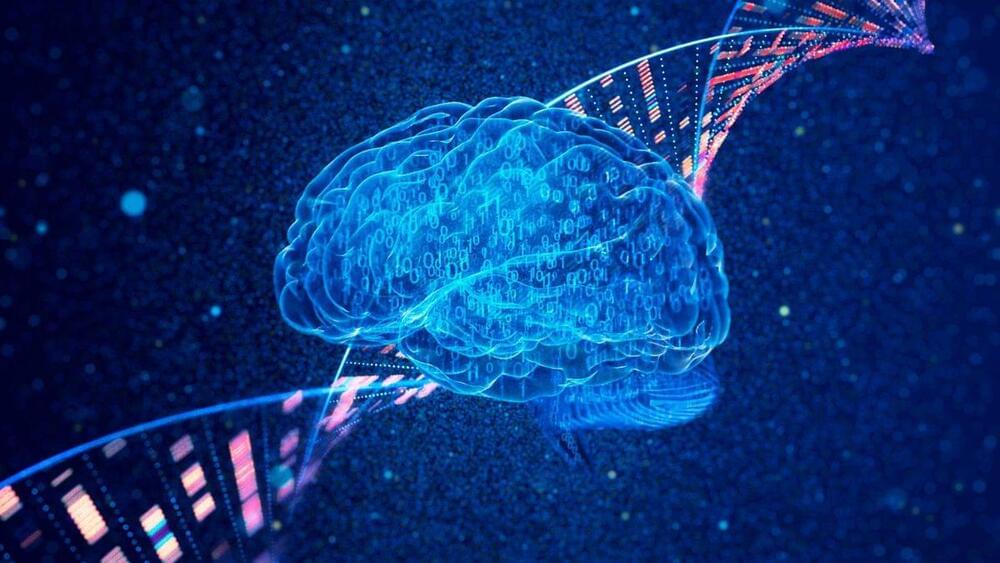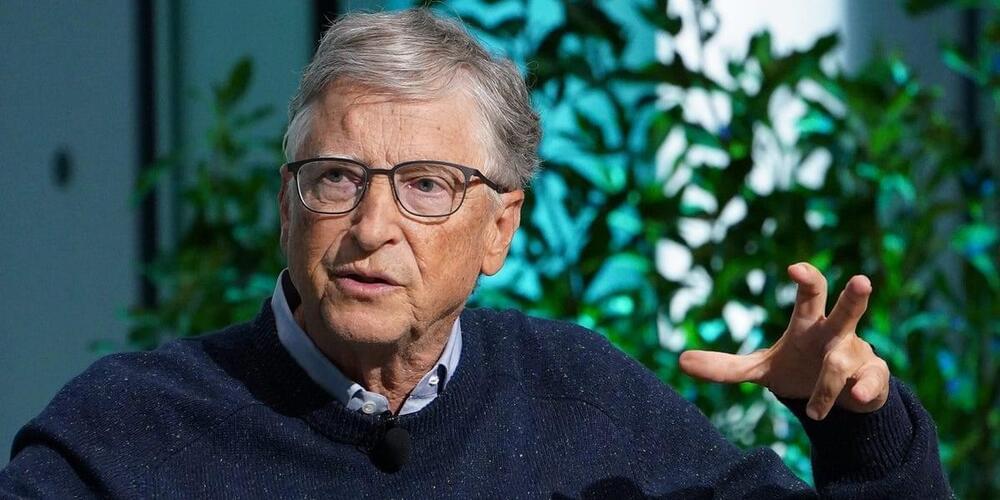Learn more about neural networks on Brilliant! First 30 days are free and the first 200 to use our link ➜ https://brilliant.org/sabine will get 20% off the annual premium subscription.
Some major news outlets are about to release a feature known as “Content Credentials” to try and combat the spread of deepfakes. What are “Content Credentials”? Will it really stop deepfakes of Biden and Trump dancing together from spreading? Let’s have a look.
🤓 Check out our new quiz app ➜ http://quizwithit.com/
💌 Support us on Donatebox ➜ https://donorbox.org/swtg.
📝 Transcripts and written news on Substack ➜ https://sciencewtg.substack.com/
👉 Transcript with links to references on Patreon ➜ / sabine.
📩 Free weekly science newsletter ➜ https://sabinehossenfelder.com/newsle…
👂 Audio only podcast ➜ https://open.spotify.com/show/0MkNfXl…
🔗 Join this channel to get access to perks ➜
/ @sabinehossenfelder.
🖼️ On Instagram ➜ / sciencewtg.
#science #sciencenews #AI #technews #tech #technology






